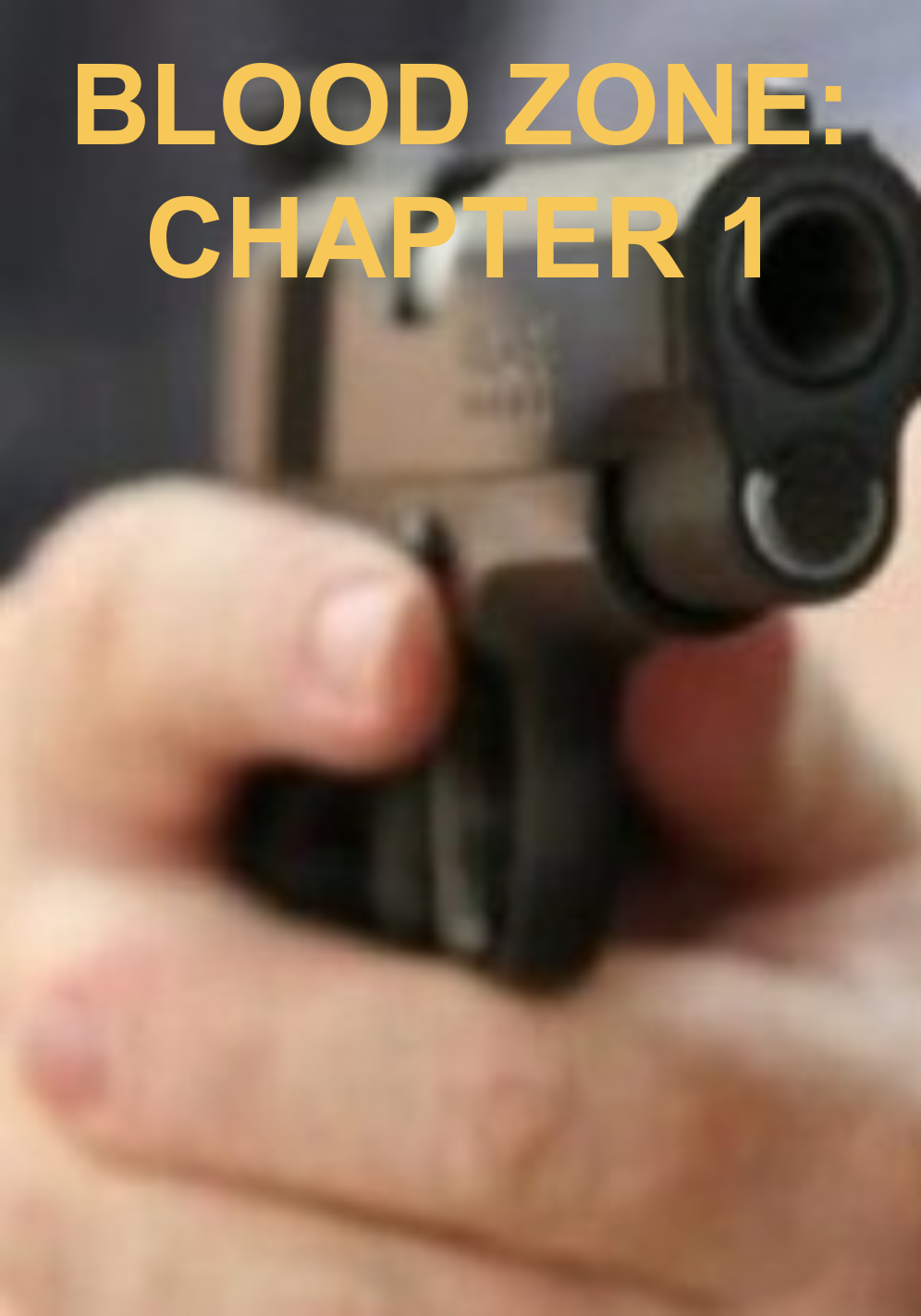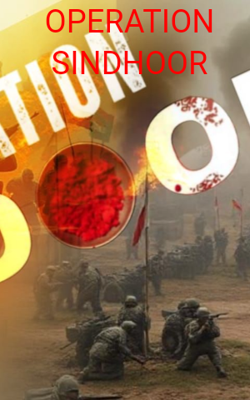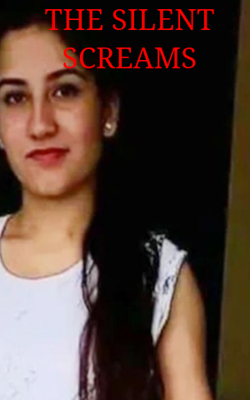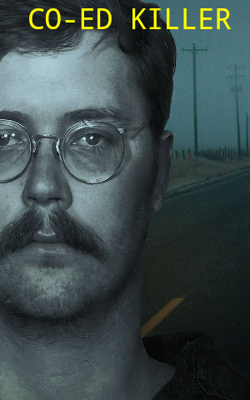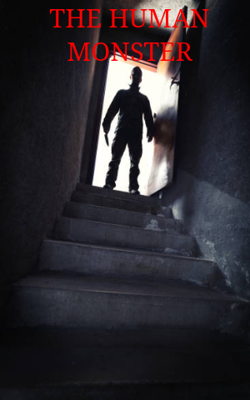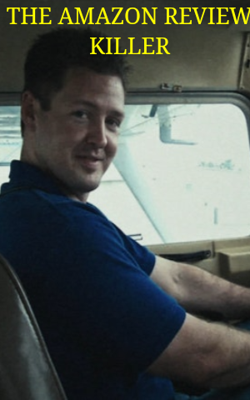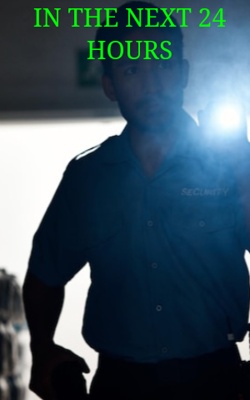BLOOD ZONE: CHAPTER 1
BLOOD ZONE: CHAPTER 1


Note: This story is based on Author’s fiction. It does not apply to any historical references or real-life incidents. It’s narrated in non-linear format. It’s my first story, in the planned “Gangs of Bangalore” universe.
27 JULY 2012
TUMKUR ROAD, BENGALURU
8:45 PM
On 27th July 2012, traffic came to a standstill on the busy Tumkur road on the National Highway 4. But, this logjam wasn’t the one residents of Bengaluru encounter often. Little did people stuck in the traffic know that ahead on the road, a politician was being butchered by a group of machete-wielding, gun-holding gangsters.
Around 8:45 PM, Rajappa, a resident of Nelamangala and the RYSS Party member of Bangalore Rural District panchayat, was heading home after attending a business meeting at Basaveshwara circle near Vidhana Soudha. He was accompanied by an armed bodyguard in his SUV when he realized around 30 men armed with guns, machetes and other lethal weapons were on his tall. Moments later, his car came to a screeching halt after being blocked by a truck, as planned by the gangsters, who first opened fire at him and then to be sure he had died, hacked him.
2022
HOSUR, BANGALORE
Harsha, who had been reading this in a book authored by Harini Shelar, a reputed investigative journalist asked his friends regarding the same.
“For Bengaluru, which had moved on from the gang violence of the 90s, this was a chilling déjà vu. The murder was part of a gang rivalry between two Bettanagere cousins: Seena and Shankara. While gang rivalries in the decades from 1970 to 1990 were mainly over illegal sale of liquor, kerosene and oil, in the new liberalized Bengaluru, claim over lucrative real estate became the primary lure for gang wars.” His friends said to him.
Rohan Sood, the current Karnataka police chief, who served in Bengaluru in the early 2000’s in various roles including the city police commissioner and additional commissioner of police, traffic said to Harsha:
“Liberalisation led to the property value in the city shooting up. Before the IT boom, it was the license raj that was the source of quick money for gangsters. They battled to gain control over whatever became scarce because of the licenses. That’s the reason we had gangsters like Oil Ramana, who had control over the oil supply of Bengaluru. This seems like a small thing, but then it provided profit.”
He added: “As the city expanded, most of these gang activities moved to the outskirts. Post-Liberalisation, rowdy activities shifted towards real estate. If you look at Bengaluru’s development as concentric circles and if you draw a line on the extend of gangster activities from 1990 to 2020, you will see the activities moving towards the outermost edge, where new layouts were coming up and land disputes were common. Here, gangsters used their muscle power,” said M.N.Anup Kumar, a 2009-batch IPS officer, who is currently posted as the DCP central.
Amused by this, Harsha Vardhan meets Harini Shelar in Mysore. He asked her: “Madam. What happened in Bangalore before IT boomed? I am Harsha, an investigative journalist.” He showed his ID card to her.
“The story of the Bettanagere brothers and their growth coincided with the real estate boom in Nelamangala, Devanahalli and other North Bangalore areas in the last decade.”
FEW MONTHS BACK
BANGALORE
In 2005, Seena and Shankara, the Bettanagere cousins, were jailed in connection with the murder of Balekai Bassavaiah, who had defeated Raghavendraiah, Seena’s father in the taluk milk producer’s co-operative elections in 2004.
The rivalry began when Shankara managed to get bail and walked out of the prison, while Seena remained in jail. The rivalry resulted in nine murders, including that of Rajappa. The murders were the result of the disputes over real estate deal and Seena’s political ambitions.
PRESENT
“Political ambitions were another trait of the post-90’s gangsters.” Harsha Vardhan said to Harini Selar. She replied: “In the earlier days, being a gangster meant fame and fear that would help them hold on their territories. But in the 2000’s, most rowdies aspired to get political powers and not come into the limelight as much. They believe that political power gave them legitimacy and more power.”
2005-2008
If politicians used gangsters to further their agenda, a look now at the criminal background of several politicians, especially at corporate level. One can see being a rowdy was a stepping stone. In 2005, Seena was serving as a gram panchayat member and Shankara was opposed to his cousin’s political ambitions. Rajappa have helped Shankara get bail and soon the two joined hands.
In 2008, Rajappa got his rival and member of Nelamangala Taluk panchayat, Hadiyaala Devi killed by Shankar’s gang. Devi was Seena’s brother-in-law. The gang war between both gangs left a trail of blood. The first to be killed were advocate Devaraj and farmer Krishnamurthy, who were eyewitness to Basavaiah murder. Since Devaraj was killed in front of his father Bylappa, he was murdered too. Devaraj’s son-in-law, Gangondanahalli Rajakrishnan, a local politician, too was murdered when he tried to take revenge on cousins.
A MONTH LATER
CHALUKYA HOTEL, HIGH GROUNDS POLICE STATION
A month later, in September 2012, Seena was killed in a police encounter. In November 2003, Rajendra alias Bekkina Kannu(cat eye) Rajendra was hacked to death by a gang of five persons near Chalukya hotel in High Grounds police station limits. Years before his murder, Rajendra had been involved in the real estate and cable business.
He was also a contractor for the Bangalore Development Authority and Bangalore Mahanagara Palike, thus enjoying close contact with several politicians in the city.
PRESENT
“One of the suspects in his murder, Silent Rakesh, is on top of the police list. The officials of the Central Crime Branch.” Harini Sulkar told to Harsha at present.
“Another gang rivalry over real estate was reported in June 2016. What was that mam?” Harsha asked her to which she replied: “When a gang of four men, armed with swords and choppers, barged into a café coffee day outlet, they attacked a realtor and history-sheeter Madhesh, killing him on the spot.
2012-2019
The public attack was the fallout of the murder of a 28-year old gangster Syed, who was hacked to death in Vijaya Nagar on April 27 by 10 men. The assailants are Madhesh’s associates. The rival gang suspected Madhesh of financing Syed’s murder.
PRESENT
At present, Harini takes a tablet. After a while, she continued telling Harsha: “In March 2019, Lakshmana, involved in several cases of murder and land grab. He was hacked to death by a five-member gang in Mahalakshmi layout, near Iskcon Temple. Police suspect the killing to be the fallout of a gang rivalry. Lakshmana, who lived in Sunkadakatte, is the twin of Rama, who was also a gangster. The duo, known was the Rama-Lakshmana gangsters in Bengaluru’s rowdy streets, had specialized in grabbing land from people by using threats and violence.”
2007-2020
Some gangsters tried to create an underworld in line with the Mumbai’s underworld in the 1990’s during Luigi, Ahmed Askar and Pathan Shetty’s regime. A prominent one being gangster Ravi Poojari. One of the first cases against him was for his involvement in a fatal shootout against builder Gunasekharan in 2001 in Bengaluru. He has been charge-sheeted in the case but is yet to stand trial. He is also charge-sheeted for the shootout at reality from Shabnam Developers, which left two dead in February 2007.
His henchman carried out a shootout at UTV, the Bollywood production company’s office in 2009, and at the office of Mantri Developers in 2010, both in Bangalore. The last shootout was against Bharati Builders in Mangalore in 2014. However, he was unable to establish control over Bangalore and was eventually taken into custody in February 2010.
PRESENT
Shocked by this, Harsha wore his power-glasses. He questioned Harini: “Madam. Has the gang-war came to an end?”
She smiled and replied him: “According to police, while earlier gangs tried to keep control over the entire city, in the later years, the war of domination was localized and limited to areas in the outskirts of the city.” Pausing a second, she added: “The nature of crime has changed before and post-liberalization. Even though not as brazen as the 90’s, gang-rivalries continue to be a top priority in policing, especially in Bengaluru.”
“So unlike the 1990’s, the rivalries are more decentralized and localized. Am I right madam?”
“You’re partially right. Because, it still poses a big challenge.” Harini replied. Before leaving, Harsha questioned Harini about the reasons for Rajappa’s murder to which, Harini replies:
“In retaliation of Devi’s murder, Seena’s gang murdered realtor Lokesh Gowda, who was close to Shankara. The gang rivalry eventually resulted in the mid-highway murder of Rajappa in 2012.” As Harsha is leaving, Harini asked him to stop. She told him: “Wait a minute Harsha. This story about the Gangs of Bengaluru is not an end. It’s just the beginning about the bloody history of gang wars in license raj era.”
To be continued…The Blood Zone: Chapter 2.




















